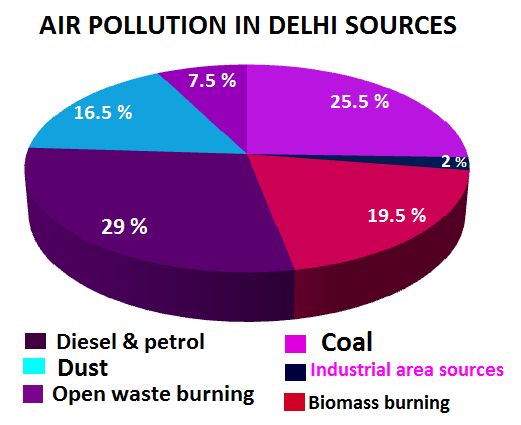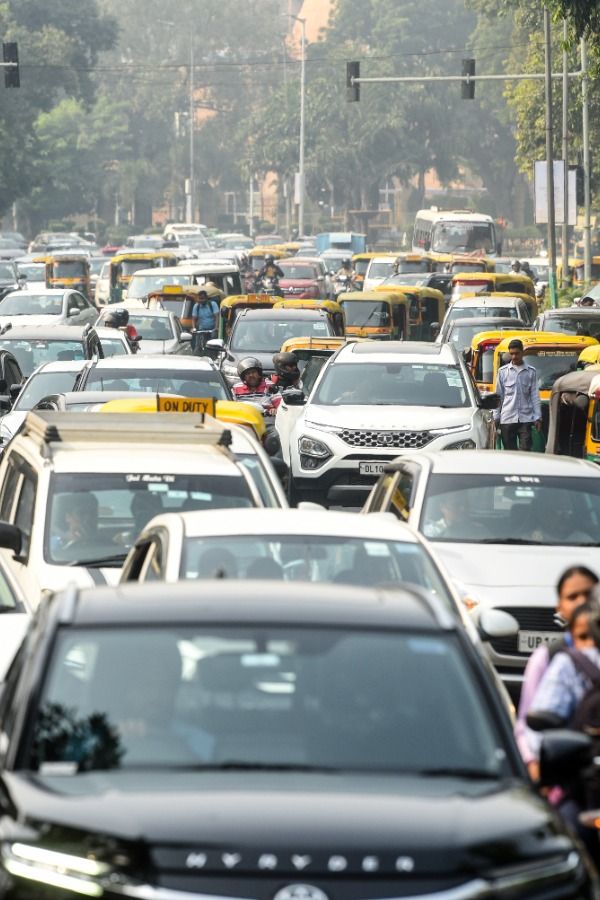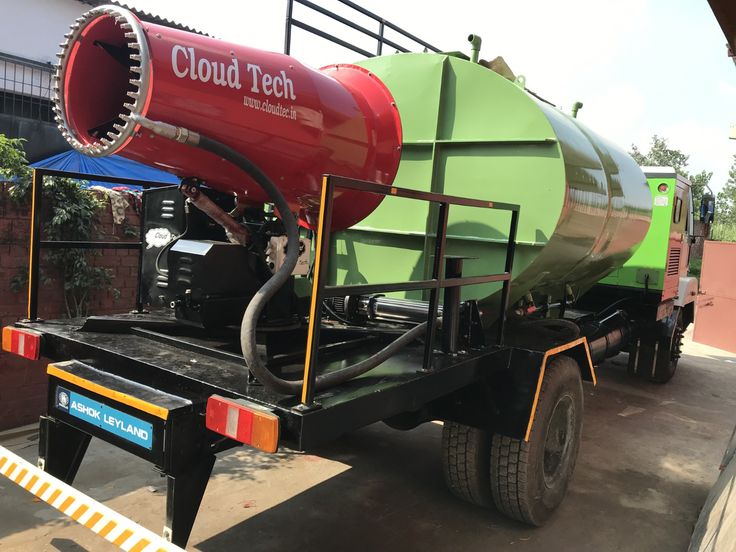New Delhi, India – As part of an ambitious effort to tackle the capital’s severe air pollution crisis, the Delhi government recently announced a new policy that will deny fuel to vehicles older than 15 years starting April 1, 2025. While the move is seen as a bold step to reduce vehicular emissions, experts argue that scaling up electric vehicle (EV) adoption, improving public transportation infrastructure, and enhancing vehicle assessment systems are more sustainable solutions in the long run.

A Strict Response to Pollution
Delhi, one of the most polluted cities in the world, has been grappling with toxic air quality levels that exceed safety limits set by the World Health Organization (WHO). The government’s new policy aims to reduce emissions from older, heavily polluting vehicles. Alongside this measure, high-rise buildings, hotels, and commercial complexes in the city will be required to install anti-smog guns, which are designed to spray water and help reduce airborne particulate matter.

Environment Minister Manjinder Singh Sirsa, in a press conference on Saturday, outlined the government’s commitment to implementing stringent anti-pollution measures. “We are serious about curbing vehicular emissions. The 15-year-old vehicles are significant contributors to air pollution, and this step will help reduce their impact,” said Sirsa.
The Impact on Old Car Owners
While the ban on older vehicles is part of Delhi’s strategy to combat pollution, it has raised concerns for many car owners whose vehicles are over 15 years old. For some, this policy could disrupt daily life, as many rely on these vehicles for commuting or business. Affected owners may face a significant financial burden, as their only option would be to either replace their vehicle with a new one or switch to electric vehicles. Both alternatives can be expensive, and not everyone can afford the upfront costs, even with government subsidies for EVs.

In some cases, vehicle owners could also struggle with the lack of infrastructure for recycling old cars. Many older vehicles, while inefficient in terms of emissions, are still in working condition and represent a major investment for their owners. With the fuel ban in place, these owners could face challenges in finding alternatives that are both affordable and practical.
The Role of Electric Vehicles (EVs)
While the fuel ban on older vehicles has garnered attention, environmental experts stress the importance of promoting EVs as a key part of the solution. With the global shift towards electric mobility, India has set ambitious targets to increase EV adoption across the country. EVs produce zero tailpipe emissions and are far less polluting compared to their internal combustion engine counterparts.
Dr. Ravi Agarwal, an environmental policy expert, highlighted that “Electrification of the transport sector is an essential move for the future. Alongside bans on old vehicles, the government must focus on expanding EV infrastructure, such as charging stations, and provide incentives to make electric cars more affordable.”
The Delhi government has already introduced subsidies and incentives for EV buyers, but experts argue that a larger commitment to EV infrastructure is necessary to make electric mobility a feasible alternative for most people. Without widespread access to fast-charging stations, many commuters might hesitate to switch to electric vehicles.
Rethinking Public Transport
In addition to a focus on EVs, urban planners and environmentalists agree that enhancing public transport is crucial for reducing air pollution in the city. Delhi’s public transportation system, which includes buses, metro services, and auto-rickshaws, can be expanded and made more efficient to reduce the dependency on private cars, which are major contributors to air pollution.
Transport expert, Aditi Sharma, emphasized that “Investing in clean, affordable, and efficient public transport options is critical. The metro system, for example, needs to expand to cover more areas of the city, and the bus fleet should transition to electric or hybrid models.”
Delhi’s metro network is already one of the largest in the country, but further extensions and more frequent services could encourage people to use public transport more regularly, thus reducing the number of private vehicles on the road.
A Holistic Approach to Vehicle Assessment
Beyond the fuel ban on older vehicles, experts suggest that the government must implement a more rigorous vehicle assessment system. Current vehicle inspection systems are often inadequate in detecting vehicles that do not meet emission standards. With stricter checks and balances, Delhi could reduce pollution from even newer vehicles that are poorly maintained and emit excessive pollutants.

Moreover, enforcing regular emissions testing and incorporating stricter penalties for non-compliance would further ensure that all vehicles, regardless of age, contribute to cleaner air.
Anti-Smog Guns: A Temporary Relief?
The installation of anti-smog guns in high-rise buildings and commercial complexes is another measure the government is taking to combat the pollution levels. These water-spraying systems are designed to reduce the concentration of particulate matter in the air, but experts have mixed views on their long-term effectiveness.

According to Dr. Alok Verma, a leading environmental scientist, “While anti-smog guns may provide temporary relief in reducing localized pollution, they do not address the root cause of the problem – emissions from vehicles and industrial activities. Comprehensive reforms, including stricter vehicular emissions standards, are necessary.”
Moving Forward: A Comprehensive Strategy
In summary, while Delhi’s decision to ban fuel for 15-year-old vehicles is a necessary step to reduce pollution, experts urge that a more comprehensive strategy is needed. Key elements of this strategy should include:
- A stronger push for EV adoption, with better infrastructure and incentives for consumers.
- A renewed focus on improving and expanding public transport systems.
- Rigorous vehicle assessment systems to ensure compliance with emission standards.
- Targeted pollution control measures for industrial and vehicular sources.
Delhi’s air pollution crisis cannot be solved overnight, but with a multi-faceted approach that includes EVs, enhanced public transport, and stricter regulations on emissions, the city can move towards cleaner air and a healthier future for its residents.
The fuel ban on older vehicles is just one piece of the puzzle in Delhi’s fight against air pollution. The road to cleaner air will require significant investment in green technologies, more sustainable transportation systems, and an overall shift towards a more environmentally-conscious urban landscape. However, the new policy could create challenges for car owners who are financially strapped or unwilling to part with their older vehicles. To address these concerns, the government will need to ensure that alternatives, such as affordable EV options and improved public transportation, are widely accessible. Only through collaboration between government, businesses, and citizens can Delhi hope to breathe easier in the years to come.




Leave a Reply